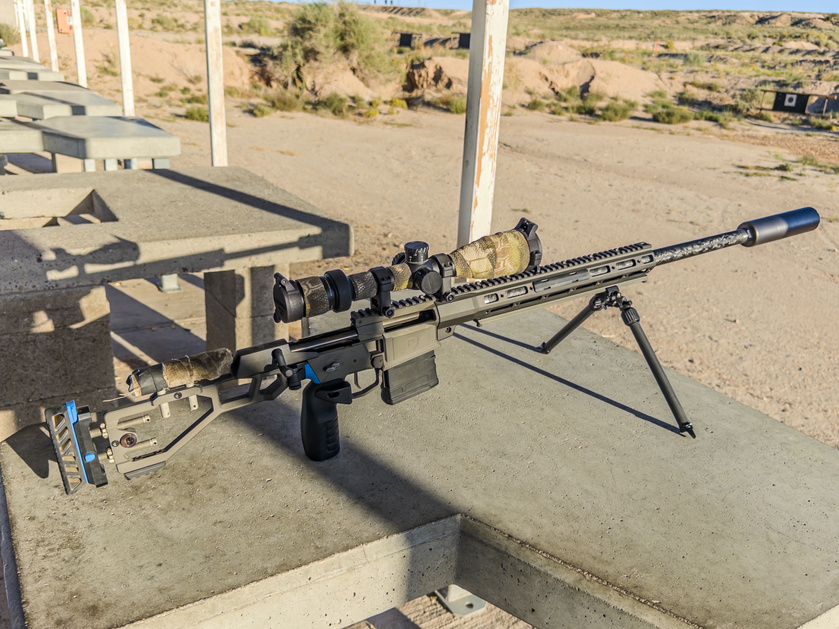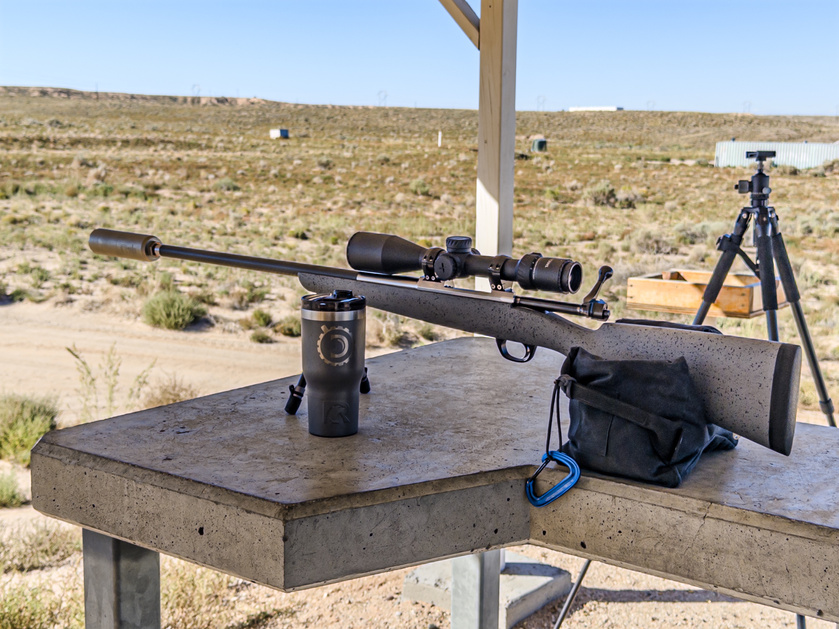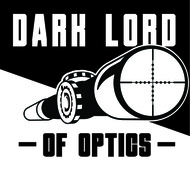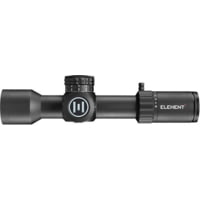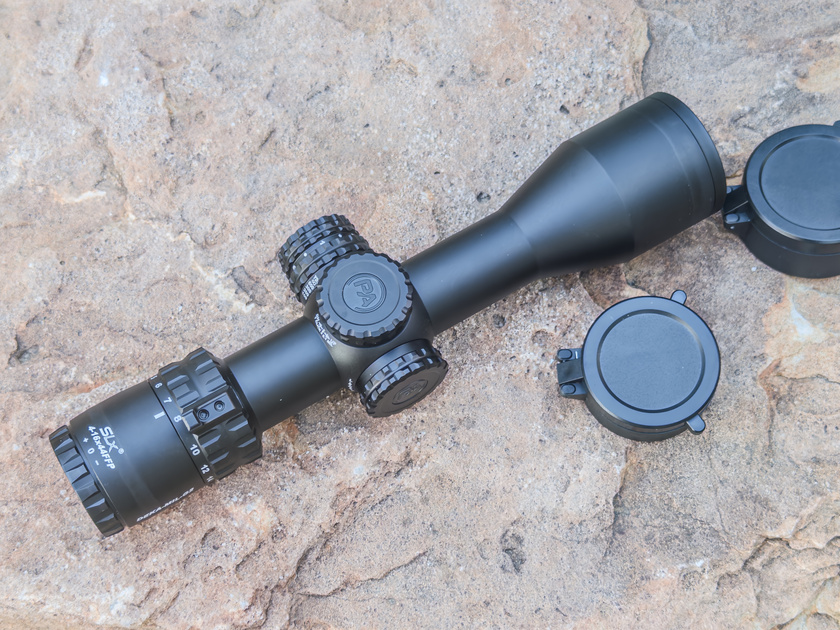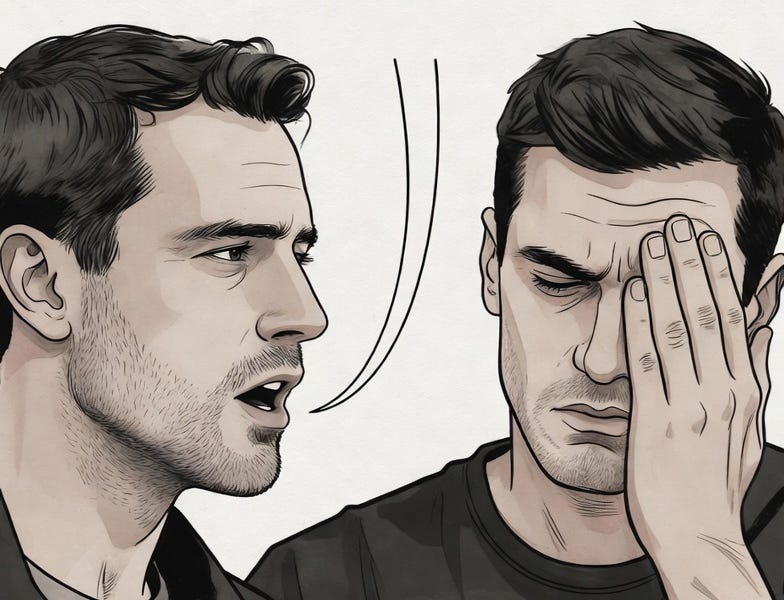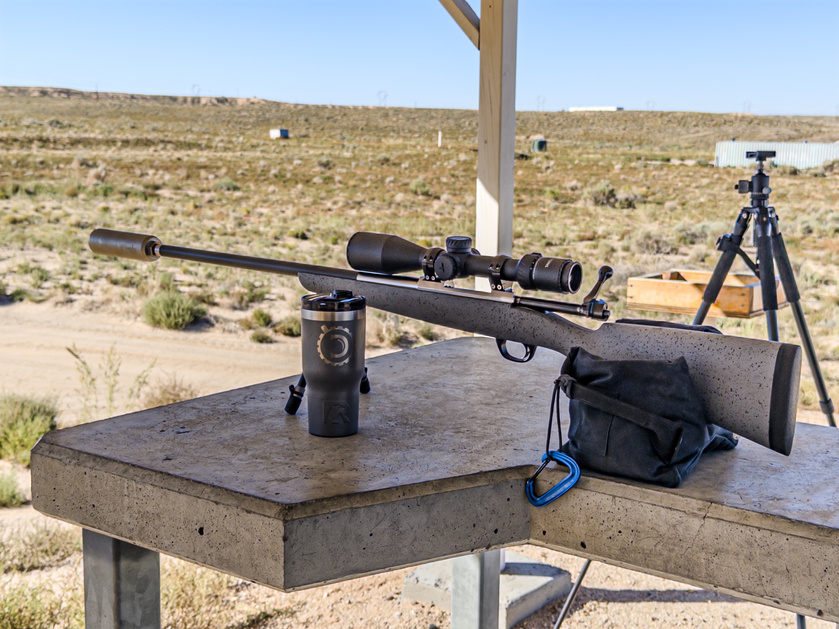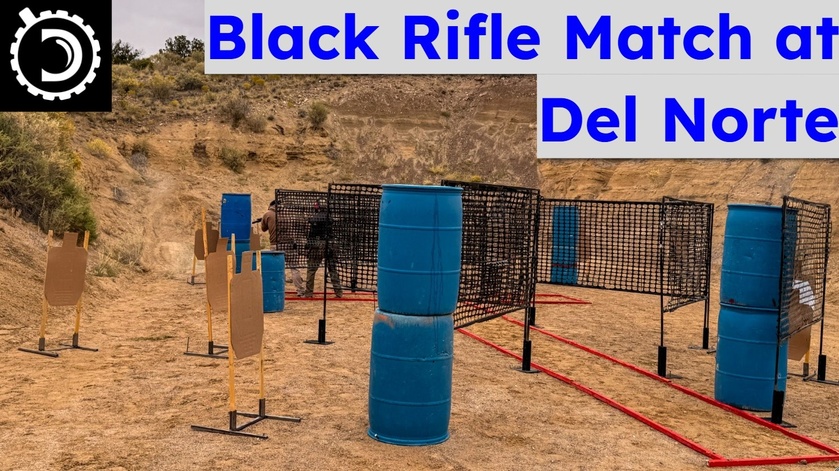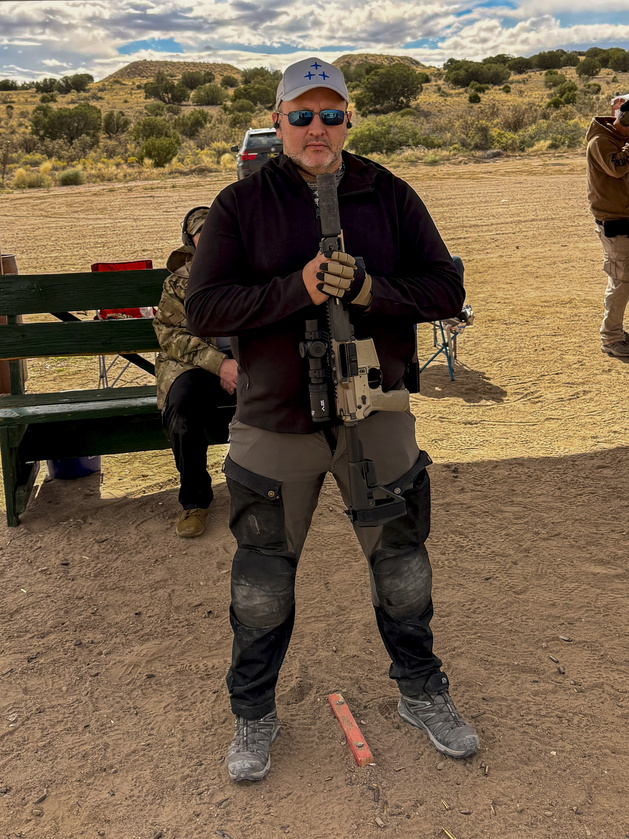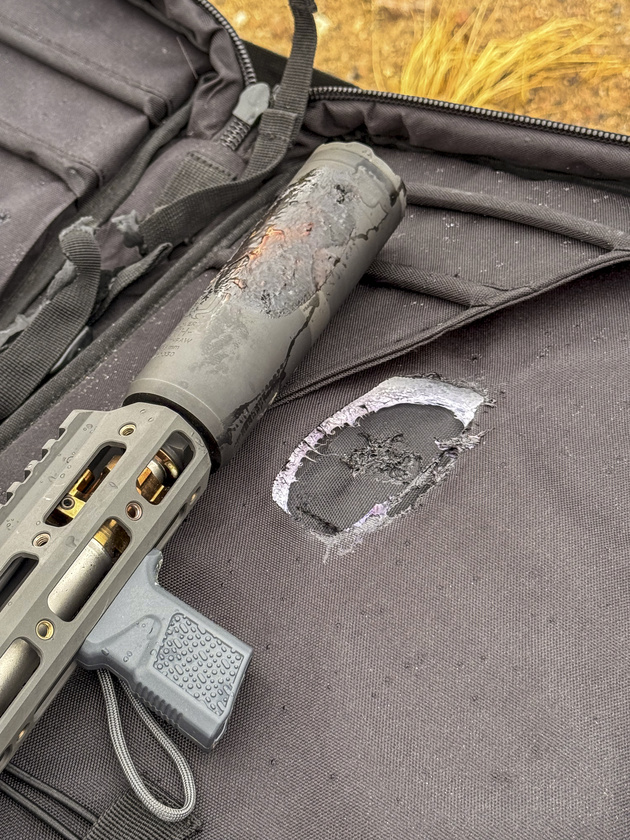This is a subject I cover with reasonable regularity, but it has been a while, so it is worth bringing up for a minute again.
During a discussion elsewhere, someone asked where he should go for a Athlon Ares ETR 1-10x24 (https://bit.ly/3p1uOSU) or Vortex PST Gen2 2-10x32.
It is my favourite kind of question because there essentially not information given on what it would be used for, on what gun, etc.
Now, apparently, there was an earlier discussion that I missed that specified what the gun was and what it was going to be used for. Still, I did not know that at the time, which created a perfect opportunity to be an arrogant sanctimonious prick for a few minutes whether justified or not.
In the end, I ended up recommending Vortex PST Gen II 3-15x42.
How did we get get from here to there? That is really the important question. What specifically I recommend is perhaps less critical, but how we arrive at an appropriate selection is more interesting.
First of all, while what gun this optic is going on matters, it is more important what the targets are, how far away they will be and what lighting conditions you will be facing.
An LPVO (like the 1-10x24 mentioned above) is usually a good option when you are not exactly sure what you might be facing. Now, it is often a good option when you need to engage man-size targets from up close and personal on out to 500- 800 yards. Sometimes further, but LPVOs are essentially about flexibility. Now, the Ares ETR happens to be a very nice scope, but it is not ideal on 1x due to illumination not being ideal for that. It is also not light, but it is currently the highest quality LPVO made in China. Ultimately, Ares ETR scopes are more expensive and higher quality than Vortex PST Gen2 scopes.
However, the question was about the 2-10x32 PST Gen2 and it is really not an apples to apples comparison because the objective lens diameters are different and because one goes down to 1x. Both make a difference.
The way the question was asked was, unintentionally I am sure, virtually designed to set me off: "trying to decide between two scopes. Very comparable, but one is a 34mm body with 24mm obj. The other is a 30mm body with 32mm objective. What will be the performance differences between the two scopes? Would a mediocre shooter like me notice the differences anyway?"
First of all, let's do away with the mediocre shooter part: that provides no useful information since mediocre means different things to different people. Either way, it makes no difference whatsoever on scope selection. With gun people, most of the time when people say they are mediocre shooters it is one of two things:
-false modesty where everyone knows they are pretty good, so this is sort of a cute way of saying "I know I am good, but it would be impolite to point it out"
-they hang out with pretty exalted company. For example, I always say that I am not a very good shot. Compared to an average gun owner, that is not really true. However, I likely have unreasonably high standards. While I do not exactly hang out with him, I have a fairy cordial relationship with David Tubb. Almost everyone is a piss poor shot compared to David. I am friendly with guys like Frank Galli, Phil Velayo, Caylen Wojcik and a few others. That's my yardstick and compared to them, I suck. However, without knowing that background, if I tell you that I am not a good shot, you will get a very wrong impression.
Then, there is the maintube diameter business: it is always worth repeating that the diameter of the scope is a consequence of what the scope designer was looking to do inside the scope. Sometimes you need the extra real estate. Sometimes you do not. As a consumer, you have not way of knowing which it is and it does not matter.
Tube diameter, by itself, SHOULD NOT BE A FACTOR IN CHOOSING A RIFLESCOPE. Unless, of course, you are compensating, then more power to you. I am sure IOR is planning a 50mm scope tube just for you.
Objective diameter, on the other hand, is a big deal. When I do scopes comparisons, I sort scopes primarily by objective diameter and only then by magnification and other characteristics.
How much light gets into a scope is proportional to the area of the objective lens. Assuming there is not addition exit pupil constriction, at the same magnification a 32mm objective scope has approximately 78% more light to work with than a 24mm one.
The flip side of the coin is that is you really need 1x, it is hard to do larger objectives, so you end up compromising.
What did I end up recommending? PST Gen II 3-15x44. While looking up prices to make sure I am not talking out of my ass, I also noticed that Europtic has the earlier EBR-2C reticle version of the 3-15x44 for under $600. At that price, it is an absolute steal: https://bit.ly/3k6wpWc
It turned out that the scope was going on an accurate AR intended for shooting at coyotes and varmints out to 300 yards, i.e. small targets that will occasionally be engaged in low light. For that, you need magnification and objective diameter. Now, I am not a magnification hog, so many of my scopes top out between 12x and 20x. However, even on 10x, it is much easier to use a scope with a 44mm objective than a 24mm objective. Exit pupil size makes all the difference in the world the moment the light levels get low.
For this application, having a scope go down to 1x offers no meaningful advantage unless the varmints you are after band into an army and mount an offensive campaign on your shooting position.
Is the Athlon Ares ETR 1-10x24 a nice scope? Yes. Is it a good scope for this application? No. Ares ETR 3-18x50 (https://bit.ly/3P4yzBO) would be quite appropriate, however, as would the new Element Titan 3-18x50 (https://bit.ly/3bBFfJP)
PST Gen2 2-10x32 is a decent enough scope, but it is heavy for its size
https://bit.ly/3vNSE8t
On top of that, within each scope line, not all scope are created equal and it so happens that with PST Gen2, the 3-15x44 is, I think, the best of that product line. It is notably larger than the 2-10x32, but it is better optically. They are obviously very similar in terms of mechanical quality, but here is the kicker: the weight is within two ounces.
Between the two, the only reason to go with the 2-10x32 would be if you want the scope to be shorter and/or if you really need 2x on the low end. That essentially means that if you plan to put a thermal clip-on, then 2-10x32 has some advantages. Barring that, the 3-15x44 is a no brainer https://bit.ly/3vKJpG6
Now, that gets us into the $1k range, so the next logical question is whether there is something less expensive I recommend that has a reasonable objective diameter, tops out at 10x or more and performs well.
There is and that comes out of the MPVO test I did recently: PA GLx 2.5-10x44 (https://bit.ly/3Q9zq5i) and Athlon Helos BTR Gen2 2-12x42 (https://bit.ly/3vNgH7s). If you can swing the more expensive stuff, it is worth it. If not, these do very well too.
